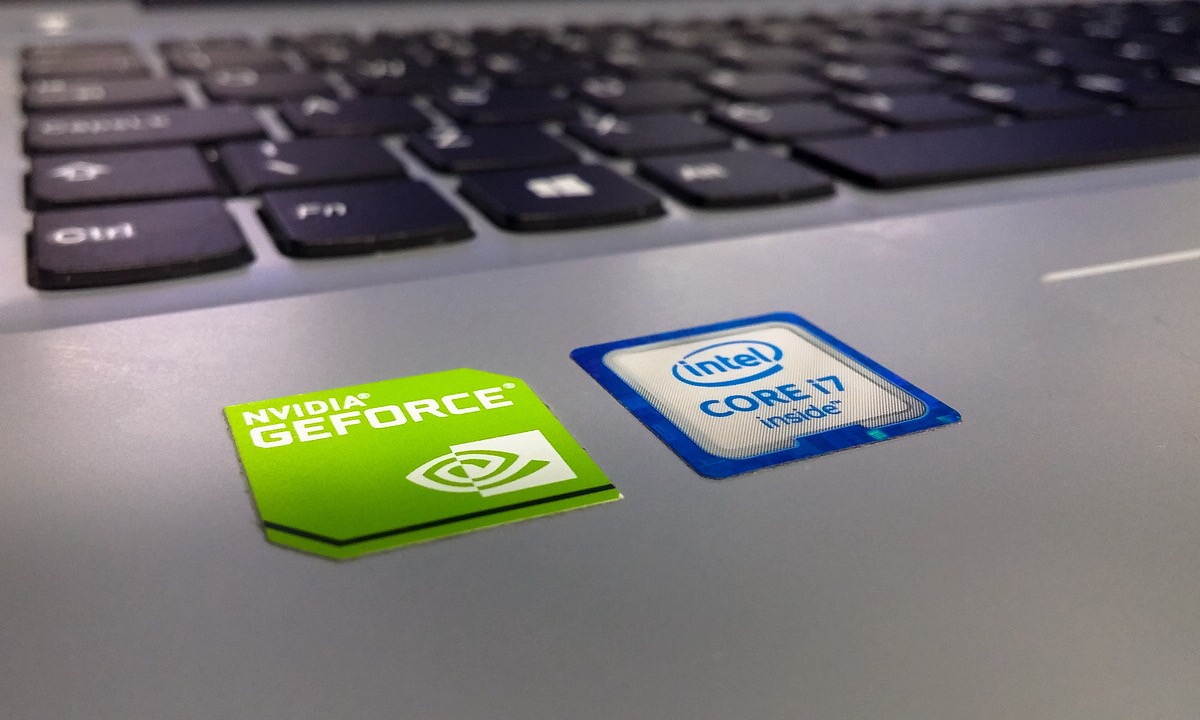Mark Sullivan / via The Fast Company / Dec. 7, 2019
The storied chip maker is dealing with the reality that Moore’s Law is slowing just when the demands of AI are asking for more and more computing power.
As I walked up to the Intel visitor center in Santa Clara, California, a big group of South Korean teenagers ran from their bus and excitedly gathered round the big Intel sign for selfies and group shots. This is the kind of fandom you might expect to see at Apple or Google. But Intel?
Then I remembered that Intel is the company that put the “silicon” in Silicon Valley. Its processors and other technologies provided much of the under-the-hood power for the personal computer revolution. At 51 years old, Intel still has some star power.
But it’s also going through a period of profound change that’s reshaping the culture of the company and the way its products get made. As ever, Intel’s main products are the microprocessors that serve as the brains of desktop PCs, laptops and tablets, and servers. They’re wafers of silicon coated with millions or billions of transistors, each of which has an “on” and “off” state corresponding to the binary “ones and zeros” language of computers.
Since the 1950s, Intel has achieved a steady increase in processor power by jamming ever more transistors onto that piece of silicon. The pace was so steady that Intel cofounder Gordon Moore could make his famous 1965 prediction that the number of transistors on a chip would double every two years. “Moore’s Law” held true for many years, but Intel’s transistor-cramming approach has reached a point of diminishing returns, analysts say...
Continue reading here: Inside Intel’s billion-dollar transformation in the age of AI

